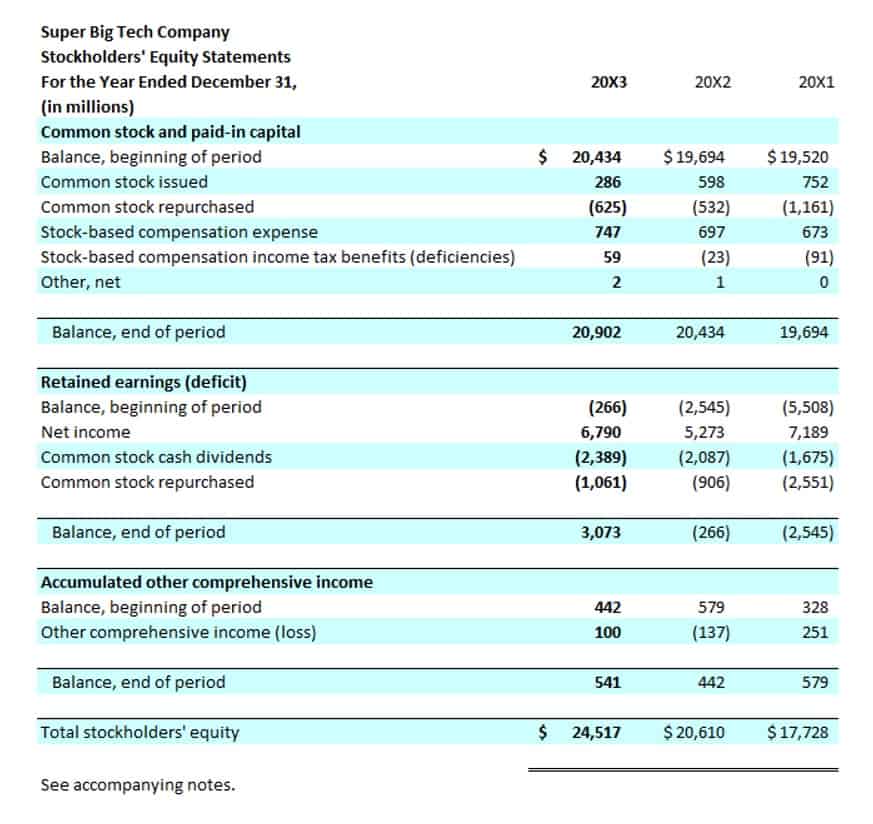
A journal entry includes the transaction date, the amount spent, the accounts affected, and a description about the transaction. For example, say you withdraw $500 from your cash the terms accounting and bookkeeping are interchangeable account, and you buy a $500 laptop. You’ll debit your office-supplies account (since you gained the value of a laptop) and credit your cash account (since money is going out).

However, publicly traded companies whose securities fall under SEC regulations must use GAAP standards. The SEC has stated that it may adopt IFRS best practices to replace GAAP in the future. Debits are accounting entries that function to increase assets or decrease liabilities. They are the functional opposite of credits and are positioned to the left side in accounting documents.
Accrual Accounting
A distribution is a payment or disbursement of assets from an account or fund to an investor. Depreciation is the accounting method that spreads the cost out of an asset over its useful life. It represents the reduction of an asset’s cost over its useful life. A cash receipts journal is a journal that is used to record the receipt of cash from other businesses or individuals. A budget serves as a financial plan that projects an estimate of future expenses and revenue.
You’ll be hard-pressed to find software that can explain the “Generally Accepted Accounting Principles” or the cost accounting system in understandable terms. Unfortunately, accounting processes are harder to automate with software. After all, they usually involve more subjective and analytical thinking, while bookkeeping is typically objective and procedural.
Contra account
For example, if you complete work in December, invoice the work in January, but don’t get paid till February, it is still reported as revenue in December. “It’s much more accurate than cash accounting for assessing profitability and long term proof of value,” Stephens says. Accrual accounting is required by the IRS if your annual revenues exceed $5 million.

You then have to go in and make adjustments, which are tracked in the worksheet. A worksheet is usually a spreadsheet that includes your list of accounts, account balances, adjustments, and adjusted balances. Assets (aka what you own) minus your liabilities (aka what you owe) equals your equities. It basically tells you what your business is worth after you’ve paid back your liabilities. This equity might be what you have invested in your business or what others have invested. Unless you have a background in accounting, the majority of bookkeeping terms seem like jargon and can be confusing.

